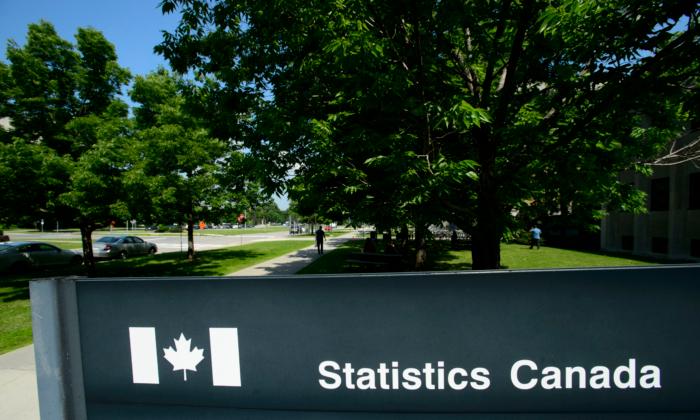Life expectancy in Canada decreased in 2022 for a third year in a row, according to new data released by Statistics Canada.
StatCan says there were 334,623 deaths in 2022, which represents an increase of 7.3 percent from 2021. The age-standardized mortality rate also increased from 907.2 deaths per 100,000 population in 2021 to 972.5 deaths in 2022.
The agency notes that the age-standardized mortality rate was 830.5 deaths per 100,000 people in 2019 before COVID-19.
The year 2022 also saw the highest mortality attributed to COVID-19 since the illness appeared, says StatCan, with 19,716 deaths.
“This increase may in part be due to the exposure to new highly transmissible COVID-19 variants and the gradual return to normalcy (e.g., reduced restrictions and masking requirements),” says the agency.
Canada had its first Omicron variant wave in late 2021 to early 2022, and provinces started scaling back restrictions after country-wide protests erupted in January 2022.
StatCan says those 65 years and older accounted for 91.4 percent of COVID-19 deaths in 2022, “approaching early pandemic levels,” with the increase largely consisting of seniors 80 and older.
The agency notes those 65 and older accounted for 94.1 percent of COVID-19 deaths during the first year of the pandemic, meanwhile those aged 45 to 64 accounted for 5.3 percent.
Aside from COVID-19, StatCan notes that cancer and heart disease have remained the leading causes of mortality in 2022, accounting for 41.8 percent of deaths. This was a drop from 44.3 percent in 2021.
StatCan says Canadians are experiencing a diminished life expectancy due to a “number of factors,” but doesn’t expand much on details.
“Life expectancy declines when there are more deaths, when deaths occur at younger ages, or a combination of both,” it says.
The agency says the increased number of deaths among young people can be in part attributed to unintentional injuries, such as overdoses, suicide, and homicides.
Canadians up to age 44 saw 27 percent excess mortality in the last five months of 2022, compared to 13 percent for the general population.
Excess mortality takes place when more people die during a given period than normally expected based on trends.
“What are the scientific, institutional, and political causes behind this failure to capture and understand Canadian data?” asks the report.
One province doing a better job at collecting and publishing data is Quebec, which keeps an updated excess mortality dashboard.







